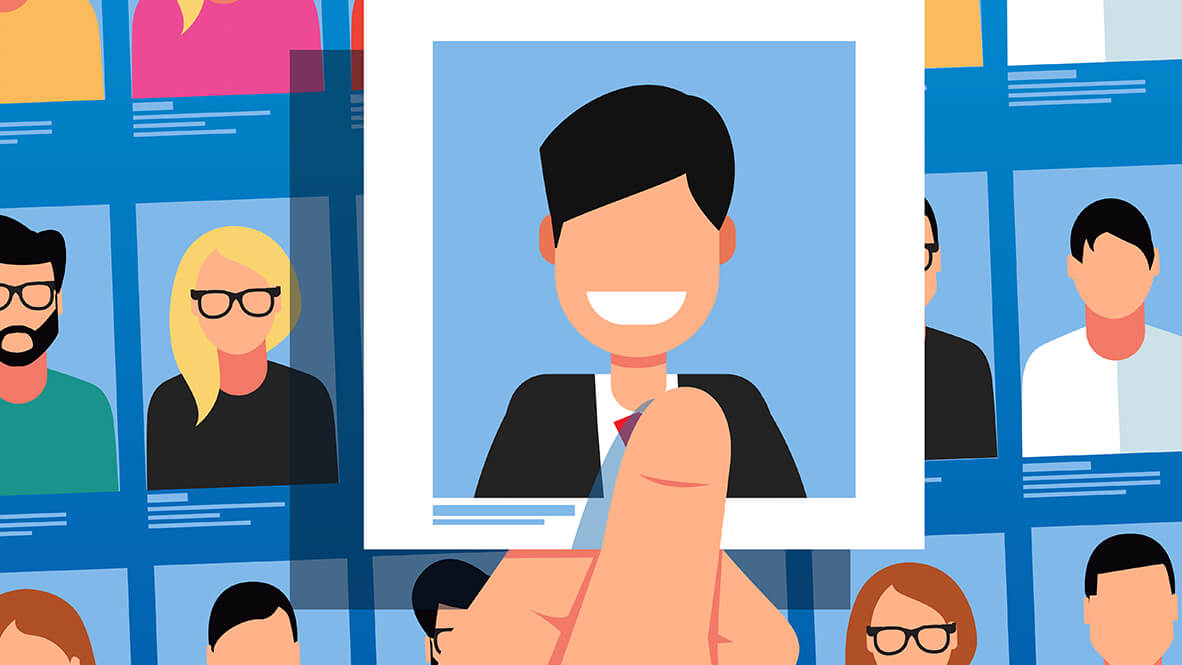What if blindness isn’t the flaw, but the world we built? A powerful session flipped the script.
The Association for Research in Vision and Ophthalmology Annual Meeting (ARVO 2025) wrapped with a challenge: What if we stopped treating blindness as a flaw and started designing the world to include it? The Closing Plenary asked that—and more—with science, soul and stories that hit home.
Titled Vision Research: Creating New Pathways in a World Built for Sight, the session delivered a stirring finale by shifting the focus from curing blindness to empowering people.
Moderated by ARVO President Dr. SriniVas Sadda (United States), the session spotlighted a lineup of speakers who brought both personal and professional perspectives on visual impairment, blending science, storytelling and lived experience.
A bifocal approach to vision loss care
First up was Dr. John-Ross Rizzo of NYU Langone Health (United States)—physician scientist, disability inclusion advocate and legally blind himself. Though grounded by travel chaos, Rizzo’s pre-recorded talk still hit home.
At the heart of Dr. Rizzo’s presentation was a call to bridge the divide between ophthalmology and vision rehabilitation—two disciplines that too often operate in isolation. “Vision care is just too darn fragmented,” he stressed. “We’re making our patients jump through hoops just to access basic support.”
He laid out a compelling case for unified, interdisciplinary programming that addresses not just disease at the organ level, but the patient’s lived functional challenges—mobility, independence, psychosocial wellbeing.
Using detailed infographics, Dr. Rizzo compared today’s typical, fragmented model—disconnected appointments, poor coordination and long delays—with an integrated model he and his team are piloting at NYU. In that system, rehabilitation specialists are embedded early, assessments are holistic and care plans are sequenced intentionally across disciplines.
He also underscored the need for stronger data capture in electronic health records, more collaboration in training programs and patient navigators to reduce service inertia. “We need a care model that doesn’t just work in theory—it has to work in real life.”
WATCH NOW: Avoidable Blindness in Developing Countries
How LVPEI’s model is shaping global rehab conversations
Low vision specialist Dr. Vijaya Gothwal of the L.V. Prasad Eye Institute (LVPEI) in India offered a complementary vision—quite literally—of how rehabilitation can scale in practice. Her talk showcased LVPEI’s pyramidal care model, which spans over 300 centers across four Indian states.
Dr. Gothwal described a system where care flows upward: from grassroots screening to secondary services to specialized rehabilitation at tertiary centers. This structure allows LVPEI to reach vast populations, particularly in underserved rural areas. “One profession cannot provide for all needs of patients with vision impairment,” she noted. “It’s a team effort—from community workers to vision therapists to physical therapists and educators.”
And it’s working. In the past year alone, LVPEI served over 38,000 patients in vision rehabilitation. Through vocational training, assistive devices and community-based care, they’re not just improving sight—they’re restoring life and opportunity. Dr. Gothwal’s presentation included powerful examples of patients returning to school, work and life with renewed independence.
READ MORE: Restoring Sight in South Sudan
Designing a world that works for everyone
Next, Naqi Rizvi—a senior product manager at Barclays UK, blind tennis world champion and disability advocate—brought the audience to their feet with a deeply personal, high-energy presentation on inclusive design and lived experience. His talk, Engineering a Better Future for Visually Impaired People, was part motivational speech, part social manifesto.
Mr. Rizvi challenged the assumption that disability equals inability. “I’ve been blind since the age of seven,” he said. “But that hasn’t stopped me from running marathons, playing tennis at a world-class level and working in finance and tech.”
Using videos of his skiing adventures, tennis matches and marathon runs, Mr. Rizvi brought the social model of disability to life. Disability, he argued, stems not from a person’s condition—but from the environment’s failure to adapt. “It’s not about fixing the person. It’s about fixing the system.”
He pushed for cross-sector collaboration and a more human-centered approach to research. “Science is important, yes,” he said. “But we also need empathy, inclusion and imagination. We need to design with, not just for.”
READ MORE: Translational Research: When Clinicians and Researchers Work Together
Blindness is not the barrier—perception is
Rounding out the session was Dr. Joshua Miele (United States), blind scientist, Amazon design scholar and author of the memoir Connecting Dots: A Blind Life. If Naqi Rizvi’s talk was an emotional sprint, Dr. Miele’s was a thoughtful, powerful slow burn.
Dr. Miele didn’t just share his experience of blindness—he redefined it. “I’m not a person who happens to be blind,” he said. “I’m a blind scientist, a blind father, a blind researcher. It’s not something I try to minimize—it’s central to who I am.”
He called on the audience to stop seeing blindness as a limitation and start seeing it as a variation of human experience. “Too many technologies are built by sighted people who don’t fully understand our needs,” he said. “That’s why we must be involved—from design to development.”
He described his journey from a student building his own accessibility tools in grad school to a tech leader shaping Amazon’s customer experience for blind users. “When I applied for design jobs, recruiters would say, ‘You think you can be a designer?’” He paused, then smiled. “Well, yes—I design things. I just do it differently.”
His closing call was unflinching: “When you see a blind person who wants to do something, don’t ask why they can’t. Ask how they can.”
A powerful close to ARVO 2025
As the session wrapped, attendees weren’t just inspired—they were challenged. This wasn’t about feel-good stories or science for science’s sake. It was about dismantling assumptions, integrating lived experience into research and co-creating a future where disability is not just accommodated, but embraced.
Vision science is evolving. And as ARVO 2025’s closing plenary proved, it’s most powerful when it listens as much as it sees.
READ MORE: Don’t miss a moment of our ARVO 2025 coverage—get the full insights here.
Editor’s Note: Reporting for this story took place during the annual meeting of The Association for Research in Vision and Ophthalmology (ARVO 2025) held from 4-8 May in Salt Lake City, Utah, United States.



